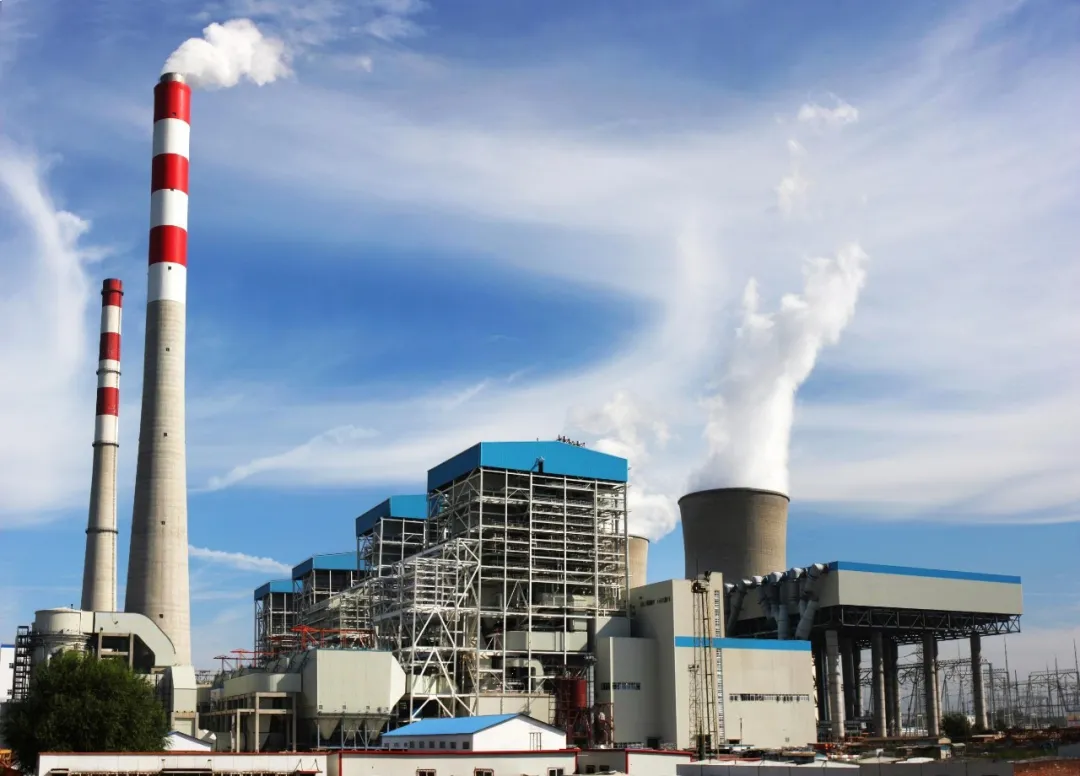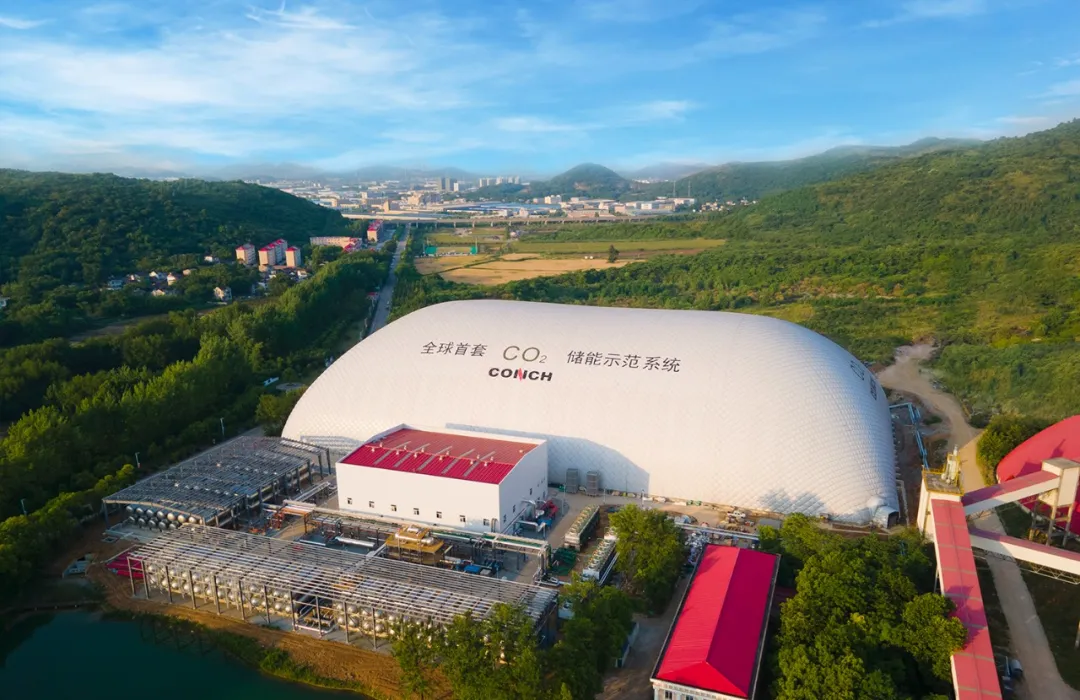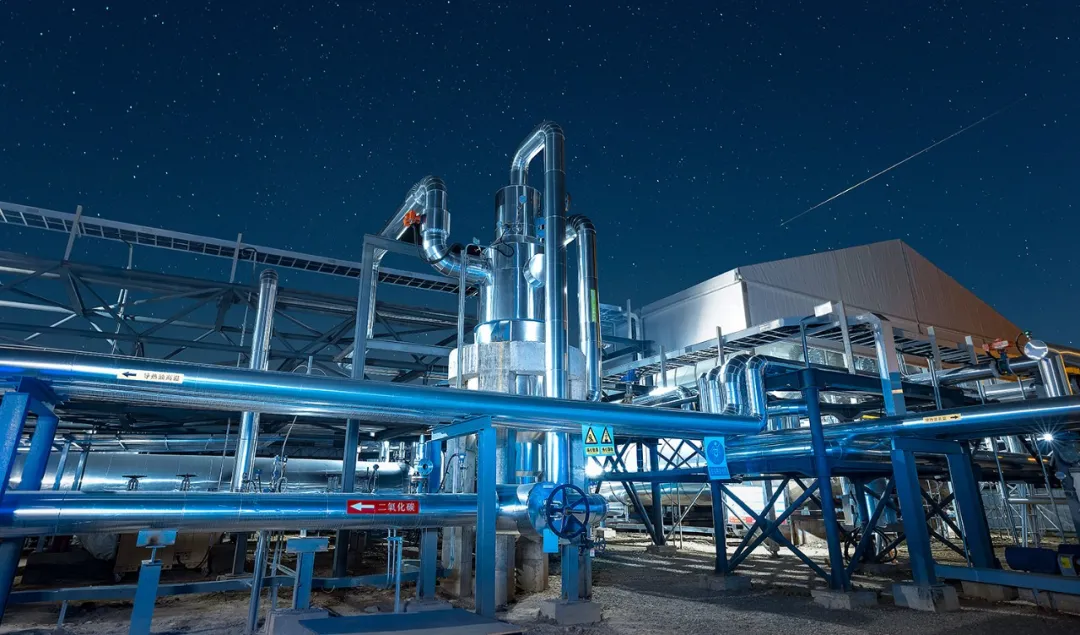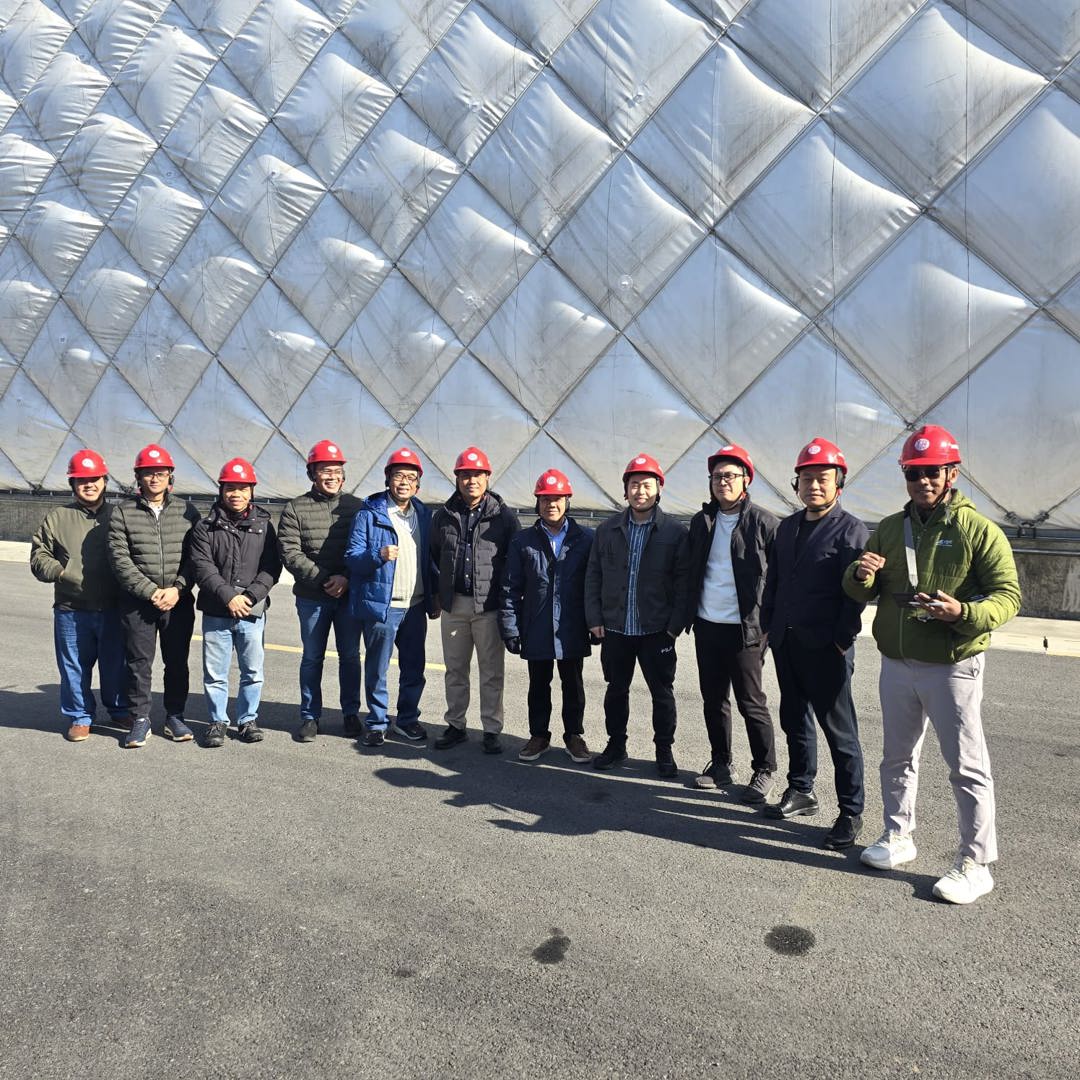Since the implementation of the dual carbon policy, the use of clean and sustainable new energy has become an important means for high energy consuming enterprises to save energy and reduce carbon emissions. Optimizing the energy consumption structure and continuously improving carbon reduction capabilities have become the core competitiveness for high energy consuming enterprises to compete in the future market.
So, how can high energy consuming enterprises enhance their carbon reduction capabilities? Carbon dioxide energy storage may become an effective way to solve this problem.
Reducing carbon emissions through energy consumption is the key, and the selection of energy storage is crucial
Secondly, with the continuous deepening of electrification of production equipment, many high energy consuming enterprises require a large amount of electricity to support the operation of equipment and production lines. If electricity comes from carbon intensive power generation methods, indirectly, the carbon footprint of production enterprises will also increase.

In recent years, new energy and green electricity have developed rapidly, and a large amount of clean green electricity has become a new driving force for high energy consuming enterprises to reduce carbon emissions. Due to the fact that new energy green electricity is generated from reusable natural resources, gradually changing dependence on fossil fuels and altering energy consumption structure through the use of green electricity is a key focus for high energy consuming enterprises to reduce carbon emissions.
Given the intermittent nature of new energy, only by equipping energy storage facilities with sufficient duration can uninterrupted supply of new energy electricity be achieved for enterprise production, fundamentally solving the problem of carbon emissions from energy consumption. Therefore, the selection of energy storage is particularly crucial.
Carbon dioxide energy storage may become the preferred choice for high energy consuming enterprises to reduce carbon emissions
Carbon dioxide energy storage is a new energy storage technology route that uses carbon dioxide as the energy storage medium and achieves electric energy charging and discharging through its gas-liquid phase transition. The relevant characteristics of this technology can deeply adapt to the carbon reduction needs of high energy consuming enterprises.
1. Direct use of carbon sequestration
The working fluid of the carbon dioxide energy storage system is carbon dioxide. By coupling CCUS technology, the carbon dioxide emitted by high energy consuming users is collected and captured, and directly used in the carbon dioxide energy storage system. Due to the closed cycle of carbon dioxide energy storage, it can achieve a closed loop of carbon dioxide capture and transient storage for high energy consuming enterprises.

2. Energy storage for carbon reduction
The carbon dioxide energy storage system belongs to long-term energy storage technology. After high energy consuming enterprises configure the carbon dioxide energy storage system, they can utilize the long-term energy storage characteristics of the system and design asymmetric charging and discharging sides (5-8H charging, 16-19H discharging) to store green electricity during the new energy generation. After the new energy generation is completed, the carbon dioxide energy storage is used for long-term discharge, covering the period when the new energy does not output, thus achieving a daily cycle of green electricity production for high energy consuming users, fundamentally solving the problem of carbon emissions for users from the perspective of energy consumption.

3. Waste heat power generation for carbon reduction
xCarbon dioxide energy storage technology has the ability to utilize low-grade waste heat (50 ℃+). Therefore, in high energy consuming industries with a large amount of low-grade waste heat (such as building materials, steel, smelting, chemical industry, etc.), configuring a carbon dioxide energy storage system can fully utilize the large amount of waste heat in this scenario, convert the waste heat into electrical energy, feed back to users, improve the utilization rate of secondary energy, and reduce users' carbon emissions.
With the advancement of the dual carbon goal, energy conservation and carbon reduction are becoming increasingly important for the sustainable development of high energy consuming enterprises. Carbon dioxide energy storage has diverse carbon reduction capabilities, and its good long-term economy, universality, and configuration flexibility make it the primary choice for high energy consuming enterprises to improve their carbon reduction capabilities.



 38
38
 Jun. 10, 2024
Jun. 10, 2024









